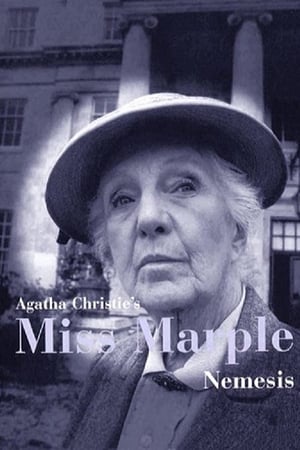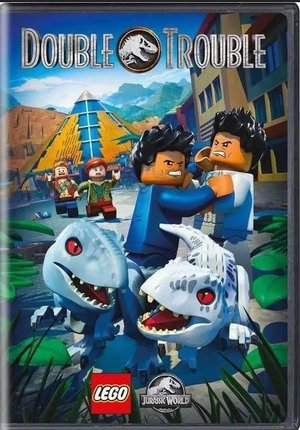World War II The Last Heroes
Type: tv
Season: 1
Episode: N/A
Duration: N/A minutes
Release: 2011-10-15
Rating: 10
Season 1 - World War II The Last Heroes
2011-10-15
The series opens with the optimistic anticipation and the grim realities of the D-Day Landings. It is easy to appreciate how frightened the men felt when they were being outgunned by superior weapons, knowing that there was nowhere to hide. This was the first time most of them had been in combat and the programme examines how they managed to take the beaches against the odds but at a price. Jim Kelly describes the scene that day: 'Utter chaos. Things were blown to bits... there was shell fire... all that sort of stuff. And men all over the place, lying all over the place'.
2011-10-22
Across northern France British and German tanks go head to head. The Allies soon discovered that the Sherman tank 'brewed up' when it was attacked, killing everyone inside, while the German Tiger tank seemed indestructible. Harold Currie, who left school in Liverpool when he was 19 to join his heroes the Desert Rats, still has horrific memories: 'It was devastating 'cos you'd go forward in your tank in line and then you might find a tank on your right being blown up and the other one on your left being blown up and that was sheer luck whether you would be the next one or not.' Eventually Allied tanks were upgraded and were able to take on the Tigers, and with air support they moved on to the stronghold of Caen. Unfortunately, these were the days before precision bombing and hundreds of Allied soldiers lost their lives to Allied bombing. Canadian stretcher bearer Arthur Haley was on the road into Caen when Allied bombers came in.
2011-10-29
British and Canadian troops come under intense fire from determined Germans ready to fight to the death on Hill 112 - an area of raised ground holding up the advance towards the Falaise region of Normandy. Meanwhile, the American Mechanised Army, under the leadership of General Patten, is racing towards Paris. Young boys quickly became men in the face of the horrors of battle, encountering the enemy at close hand for the first time. Nineteen-year-old Frank Rosier remembers when he killed a man: 'I sat on the ground and cried and was sick. I killed a human being - some mother's son. You know that's horrible.
2011-11-05
As the British and Canadians sweep through Holland they are greeted with open arms by the Dutch. Taking the port at Antwerp is crucial to allow supplies to get to front-line troops. However, the Germans bring out their secret weapon - the V2 rocket. More were fired at Allied troops in Holland than were launched on London. Meanwhile, US airborne troops are trying to take and hold bridges along the Rhine, and the British are in Arnhem. Tony Hibbert is one of the few officers who fought in Arnhem still alive today. 'Without sleep, without water... But they all kept their spirits up and they were still laughing and joking. They didn't think of themselves. Very brave people... they were the best.' Outnumbered and unable to hold the bridge, the British are forced to surrender. Eighteen-year-old Bill Bloys, one of the British airborne troops, recalls, 'I felt ashamed that we had been there and let these people down. To me it should have never have taken place.
2011-11-12
The US airborne enters the Hurtgen Forest in Germany in the autumn of 1944 and are soon facing the coldest winter on record. Troops start freezing to death. The Germans discover the technique of air bursting their mortars with deadly effect, as American Arnold Whittaker found out: 'The first night I was caught in tree bursts... they would hit the trees and explode and then come down like hot ragged metal and hit you... a 19-year-old kid... after one day I'm a veteran.' Losses were high. Soldiers like 18-year-old Gil Nelson had never been in battle before. He arrived on the frontline straight from training. His memories are still vivid: 'So much mayhem, the sound, the... sight of blood, the death of people... the screams.' By now the Allies were up against a German counter-offensive at the Battle of the Bulge. Frank Camm, a US army officer, had to take out German bunkers. 'At first we'd take a flame-thrower if there were any infantry there to get them out the way...
2011-11-19
The Allies finally reach the River Rhine, the last obstacle between them and the German heartland and their ultimate goal: Berlin. Twenty-year-old Bill Ryan was crossing the Ludendorff Bridge at Remagen when the Germans tried to blow it up: '...and it's just lucky the explosives didn't go off. Unfortunately when the bridge collapsed there were ambulances on it with wounded aboard and they all died.' Patrick Delaforce advanced to the village of Belsen: 'What we could see were rags all over the place, but they weren't rags; they were dead or dying bodies. Occasionally there'd be a little twitch, that person might not actually be dead. Of the 60,000, 16,000 died. There was nothing anybody could do for them.' As the Russian army advanced the Berlin, 19-year-old Jacov Krenin fired the fearsome Katyushas rockets: 'At first there was a hiss and it was getting stronger... More rockets joined in... and the noise was deafening. Long growling arrows flew, their tails flaming.
YOU MAY ALSO LIKE


















